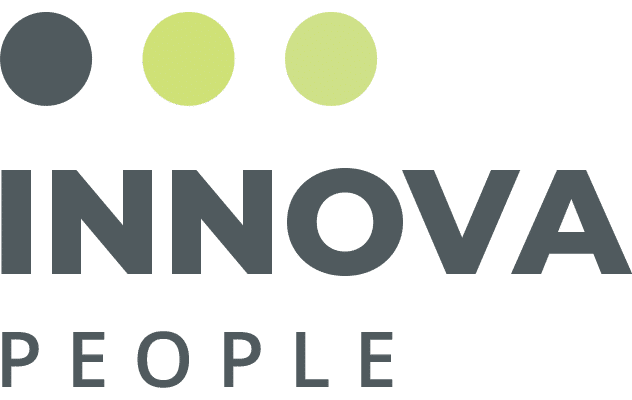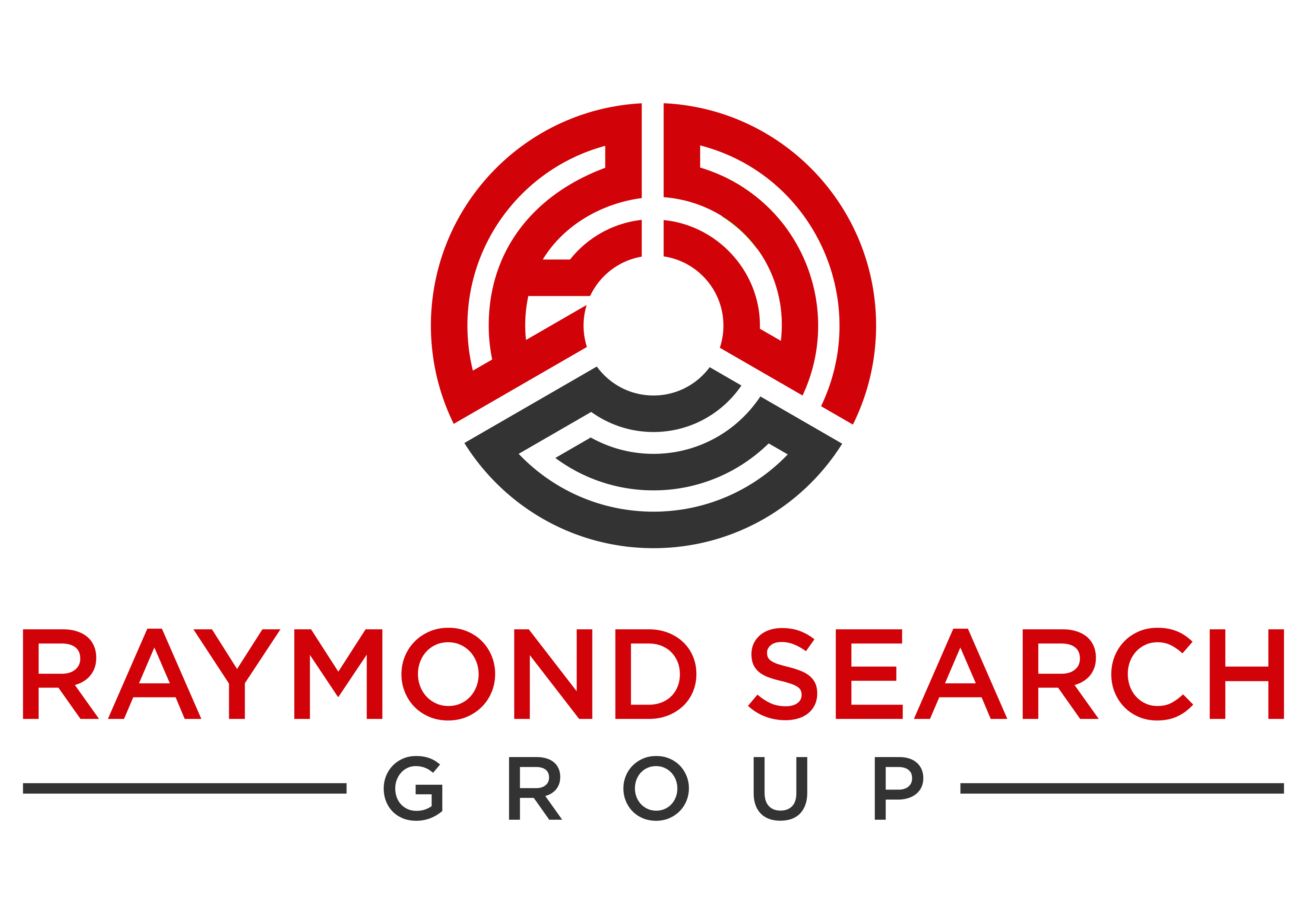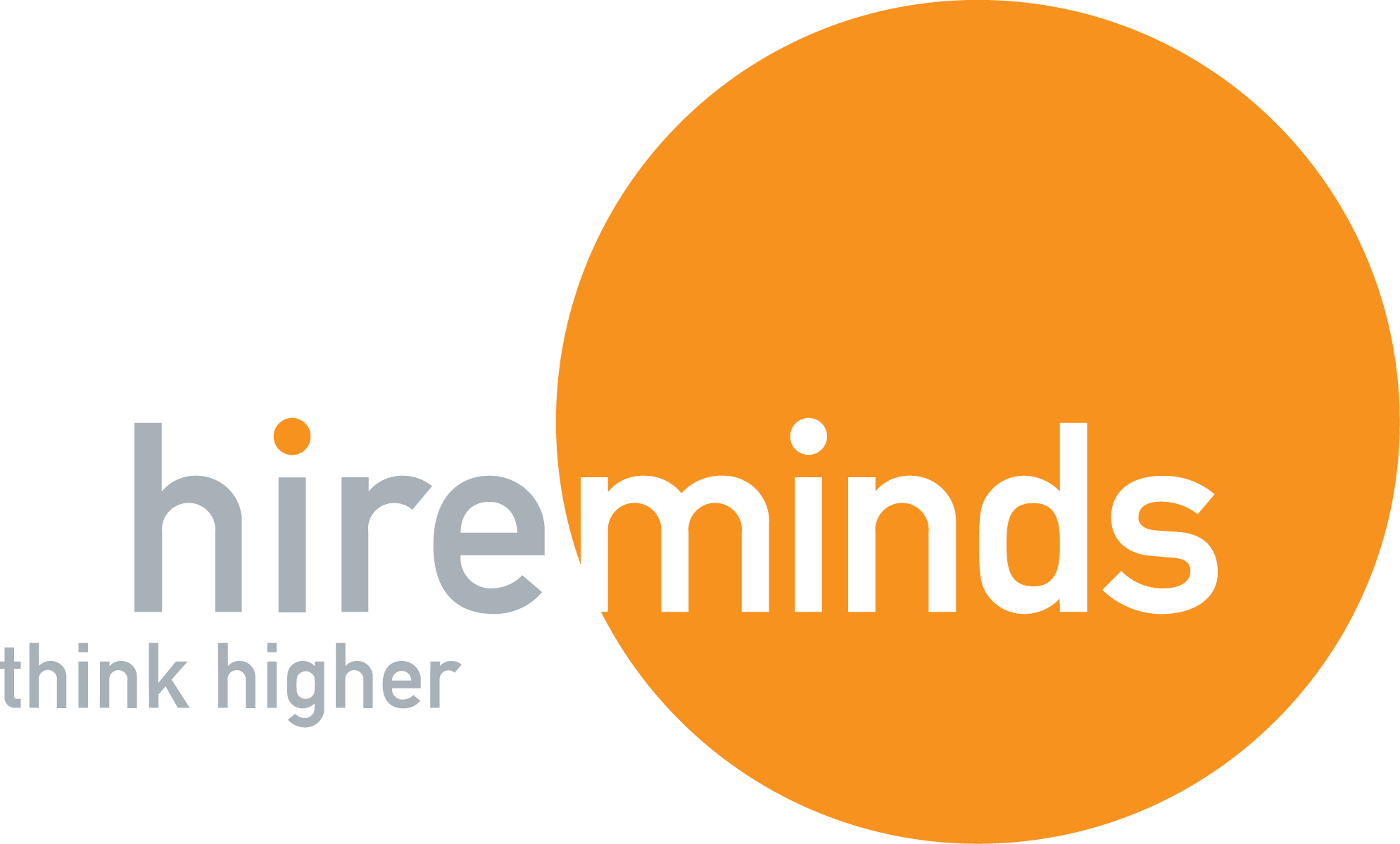‘Retaining Top Performers’ by David Peterson Featured in Plastics News
David Peterson, Managing Partner of Plastics & Flexible Packaging recently wrote an article for Plastics News titled ‘Retaining Top Performers.’ The article was featured in the August 13, 2018 printed issue.
David shared the costs of losing a top performer and what methodologies you, as an employer should use in your retention strategy. He included tips such as understanding your employees, incentivizing them, recognizing them, investing in them and listening to their feedback as ways to keep your top performers at your plastics organization.
To learn more about retaining top performers at your company, contact David Peterson at 440-996-0590 or [email protected].
Article published in Plastics News, August 13, 2018:
Retaining Top Performers in Your Plastics Organization
Stories of unhappy employees are the things of HR nightmares. Earlier this month, a former Apple Inc. engineer was accused of stealing technology for a Chinese technology startup.
Theft of company secrets may be an extreme example, however, losing key talent is always costly.
Cost of losing talent
The loss of top performers is felt in many ways within plastics companies. There is both a tangible and intangible cost associated to losing key talent. Vendor relations may be damaged; morale can suffer, and there’s often added stress on the supporting team.
The cost of hiring and filling the gaping hole from the departure of a top performer is expensive. According to The Society for Human Resource Management (SHRM), the world’s largest HR professional society, replacing a salaried employee costs 50 to 75% of their annual salary on average. However, the replacement costs can be as much as 213% of an annual salary for highly educated executive positions.
For example, the cost to replace a $100k Director at a plastics company can cost as much as $213,000. However, there are many things such calculations can’t account for. These costs don’t include the intangible, and often untracked, costs associated with employee turnover.
You simply can’t place a price on your top performer’s ability to lead his or her team or the subtle nuances they’ve learned during their time.
Why top performers seek other opportunities
Employees seek other opportunities for many reasons. Under appreciation, little room for advancement, or an uncompetitive benefits package may lead him or her to accept a new opportunity.
In spite of an often-tumultuous job market, plastic manufacturers have remained optimistic thanks to sustainability initiatives, robotics technology and the improved health of end markets. But there’s an ever-present concern for maintaining key personnel within any organization.
This concern for retaining top performing talent hasn’t changed since 2015 when HH Wong, Director of DuPont Performance Polymers North America, cited workforce issues to be one of the three greatest challenges within the industry.
Last year SHRM conducted employment job satisfaction research. Participants in the study noted trust between employees and senior management as one of the most important factors.
The largest disparity between employee importance and their associated satisfaction was their compensation. In spite of a generally satisfied workforce, the survey showed a surprisingly large number of employees seeking new opportunities. In fact, 40% of the employees surveyed said they would consider new employment outside their organization within the next year.
How to retain top performers
Even if you believe your employees are satisfied, you need to adopt a proactive retention strategy in order to retain your top performers. Consider the following methodologies to prevent the loss of your plastics organization’s stars.
- Understand them
It starts at the beginning. What type of employees are you hiring? Are you asking the right questions from the beginning?
Understanding your personnel from the start will lay the foundation for a strong, lasting relationship. Of course, there are certain factors you won’t be able to predict. But, as much as you’re able, make sure your new hire’s goals align with your company.
DuPont Sustainable Solutions (DSS) has created a multi part process to accommodate the state of the current workforce. DSS acknowledges the shift within the market. Today there are a large number of new employees entering the workforce for the first time, many retiring, and few in the middle.
Part of understanding your employees is acknowledging what makes them tick. Today’s workforce has a wider age gap than ever before. That means there’s often a varying degree of preferences, backgrounds, and philosophies.
As Rebecca Knight of the Harvard Business Review pointed out, five generations will soon be working together. “But whether this multi-generational workplace feels happy and productive or challenging and stressful is, in large part, up to you: the boss. How should you relate to employees of different age groups,” asks Knight.
The members of these generations have their own set of unique values and experience. Placing stereotypes aside, understanding the psychology of these different generations is important.
- Incentivize them
The proverbial carrot remains a vital part of retaining your top performers. Competitive salaries, attractive bonus structures, and incentive programs should be a part of your corporate retention strategy.
However, there are supplemental motivators that can play a role in maintaining employee satisfaction in the plastics industry. Many corporate incentive programs seem like a great idea to management and human resource department but are less than motivating to the employees who should be motivated by them.
You can be creative with your incentives. A 2015 Fast Company article listed several unorthodox incentives programs that have proved successful for companies who have used them. The practical suggestions included an idea bounty, flexible work hours, onsite fitness centers, and offering equity within the company.
There are countless ways to motivate your top performers. It’s up to your company to identify which methods work best within your organization
- Recognize them
We would all agree that recognition feels good. But 79% of all employees feel undervalued because of a lack of recognition and appreciation according to research.
“Recognizing employees for their efforts and accomplishments is important in increasing engagement and loyalty and causes employees to do more great work,” says Christina Chau, Manager of Global Research and Assessment at O.C. Tanner, a human resource consulting and services company that designs and helps implement employee recognition programs for clients in the U.S., Canada and Europe.
Nearly 75% of companies have recognition programs, but only 58% of employees know about them. When employees feel appreciated they experience more self-worth and are able to contribute to the company more effectively. Employee recognition encourages a positive, productive and innovative environment.
They’re a few things to keep in mind when recognizing your top performers.
Public reward is best for a couple reasons. Recognizing your employees’ success is appreciated by the recipient and it also shows everyone within the organization what work is appreciated and why.
Regular rewards are valued more than infrequent or tenure recognition. Milestones do little to increase an employee’s happiness or motivation. In fact, 51% of employees said milestone awards have no impact on their view of their job.
Distribute rewards when they are unexpected. You want to offer employee recognition that is fair, but you also want to avoid creating expectations or entitlements.
The recognition should be given as close to the event as possible. Timely recognition will reinforce the positive feelings the employee is feeling at the time of the event. Additionally, this will strengthen your relationship with the employee.
You also should remember: employee recognition is personal. People like to receive appreciation in different ways. Understanding your employees will allow you to reward them accordingly.
- Invest in them
Your average employees may be comfortable to ride the status quo, but top performers will always be looking for advancement.
In order to help employees be their best in every part of their job, organizations need to be proactive–creating opportunities for their team members to excel, and rewarding them for when they do.
Receiving industry designations and further education is a common desire among highly motivated employees. As the employer, you should anticipate your top performers’ desire to go deeper within the plastics industry. Be willing to invest in their professional development.
At the very least, be willing to pay the entry to plastics industry related events and seminars. But a company can go a step further and support their high achievers by providing tuition assistance for industry related courses and subsidize the cost of professional certification exams.
The Balance Careers points out that paying for ongoing professional development communicates that you value the relationship. It shows the employee that the company supports them and cares enough to help them advance.
- Request their feedback
Once you’ve developed a retention strategy, you need to make sure it’s working. Employee recognition programs are often perceived differently between HR and the rest of the employees. You need to evaluate whether your employees see any value in the rewards and incentives the company offers. The effectiveness of the program should be evaluated with a multifaceted approach.
This can be done informally through an honest conversation with key employees. And this should be done through a formal process done systematically on a regular basis.
HR Daily Advisor notes that it’s imperative to adopt a systematic process for evaluating reward program effectiveness. “When you’re calculating the values of these programs, it’s really going to be a mix…but first you [need] a tool to measure it so you can take a look and really understand how effective your program may be or where you may have some ability to make some improvements,” says Amanda Wethington, a senior associate of the Hay Group.
Evaluation should be done through the use of multiple perspectives and consistent processes. Conducting employee surveys, observing employee behavior, and assessing reward program results related to employee engagement and turner over rate are methods of reviewing your program’s effectiveness.
Requesting ongoing feedback will help you identify areas you can improve in order to retain top performers.
Conclusion
In a thriving job market, you can’t afford to lose your top performers. These invaluable employees should be treated as an asset at your plastics organization. As such, make sure you’re proactively engaging these top performers to maintain their ongoing satisfaction.






